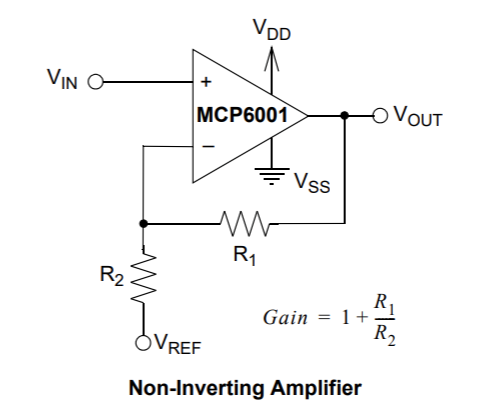When the output of a rail to rail opamp clips to VCC or GND, the corresponding MOSFET is fully ON.

(source)
So the RdsON of that FET is still in series. How close it will go to the rail depends on output current. If output current is very low, it can get pretty close, otherwise that depends on the FET RdsON.
Note a pullup resistor won't really help if current is drawn from the output.
But you have another problem: if you need 5V out, and you use a 5V power supply, it most likely comes from the usual 5V regulator which isn't that accurate. If it is +/-5% accurate, then expect 4.75 to 5.25V. If your regulator is a bit low, but still within spec, you won't get the 5V you want.
So personally, I'd use an adjustable regulator instead of fixed, and aim for the opamp supply voltage to be high enough to get the 5V you want, accounting for the opamp's maximum output voltage (which depends on output current) and also tolerance of regulator and voltage setting resistors.
Likewise the accuracy of your 5V output also depends on the voltage reference for your DAC, the gain setting resistors on the opamp, and the opamp's gain error.
So, time for an error budget calculation.



